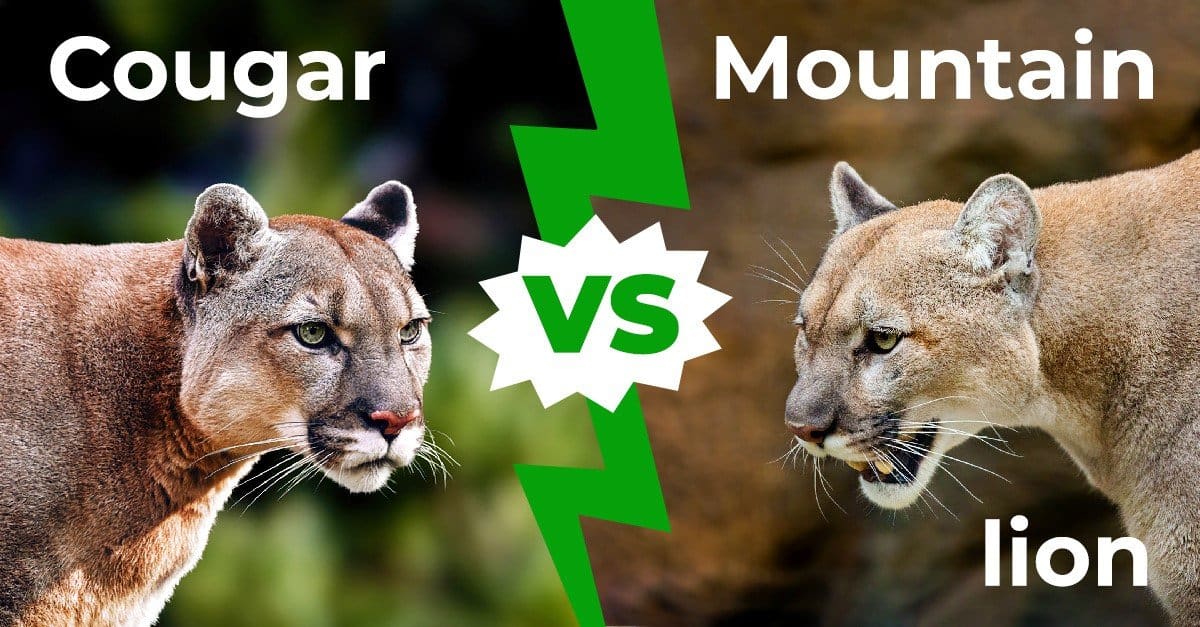

Often, the physical site that is represented in the photo is examined by TWRA staff members. Photographic evidence must be examined to rule out these possibilities. Other times, an image of a cougar has been “photoshopped” on to a photo of Tennessee landscape. Many times a photo of a cougar from another state is touted as being from Tennessee. It boggles the mind the number of cougar hoaxes that are out there. Also, many trail camera photos are taken at night and are too unclear to make out the details to really know what kind of animal is in the photo. Coyotes and large dogs are also often mistaken for cougars. Often perception in a photo can be distorted, making house cats and bobcats appear cougar like. Many photos turn out to be other animals caught in a position in which they look like a cougar. What does it take to become an officially confirmed sighting? TWRA receives many photos and reports of cougars, but until 2015 the photos were not confirmable. (2012), Cougars are recolonizing the midwest: Analysis of cougar confirmations during 1990–2008. K., Dowling, M., Miller, K., Wilson, B., Shaw, H. Population establishment only occurs where reproducing females are documented.Ĭonsidering that there are large expanses between Tennessee and the established populations, it will likely be a long time before cougars make their home here.ġ - LaRue, M. This expansion does not equate to population establishment. The recent confirmed sightings in Tennessee could be a result of this range expansion and long exploratory treks by transient cougars. It is well documented that cougars travel hundreds of miles in search of new territory. The results of the study suggest that the cougar is recolonizing the Midwest with a range expansion eastward. In the United States, cougars inhabit the western region and extend eastward as far as the western edge of the Dakotas, Nebraska, and close to the eastern borders of Colorado and Texas.Ī study published in the Journal of Wildlife Management in 2012 compiled confirmed locations of cougars collected outside of their established range during 1990-2008. The cougar occupies the most extensive range of any New World terrestrial mammal, from the Canadian Yukon to the southern tip of South America. The bobcat’s tail appears “bobbed”, hence the animal’s name, and is typically 3 to 8 inches in length, which is very short in comparison with the tail of a cougar.

They also have pointed ears with hair tufts, unlike the cougar. Their coat is not uniform in color like the cougar’s but is marked with black spots and streaks. They are much smaller than cougars, ranging in weight from 10 to 40 pounds, whereas a cougar starts at 70 pounds. Bobcats differ from cougars in their size, coloration, and tail length. The bobcat is the only other animal belonging to the cat (Felidae) family that can be found in Tennessee. There is, however, documentation of melanistic jaguars (Panthera onca) that live in Mexico and south to northern Argentina, as well as melanistic leopards (Panthera pardus) in Africa. No black color phase (termed melanistic) of a cougar has ever been documented. Slight variations can make the solid brown cat have a reddish, yellowish, or grayish tinge. Claws are retractable and are very seldom part of a track.Ĭougar fur is generally a solid tan color on the upper parts with white undersides. The muzzle is white on the end and black where it joins the head.Ĭougars have a long heavy cylindrical tail ranging in length from 20 to 30 inches, with the last couple of inches blackish in color. Their ears are black on the upper side and are small and rounded with no tufts of hair. This powerful predator ranges from 5 to 8 ½ feet in total length and weighs from 70 to 250 pounds, with males being bigger than females.Īdults are large sleek cats with small heads. The cougar belongs to the family Felidae (cat family) which is in the order Carnivora. There have been some confirmed sightings in Tennessee. However, the cougar may be coming back to Tennessee. Similar to Tennessee’s wild elk and buffalo, the cougar was extirpated from the state around the early 1900s due to overhunting and habitat loss. There haven’t been any cougars in Tennessee since the early 1900s. The cougar ( Puma concolor), also known as mountain lion, panther, painter, puma, and catamount, is the largest feline animal in North America. National Archery in the Schools Program.Go to Tennessee Wildlife Resources Agency.


 0 kommentar(er)
0 kommentar(er)
